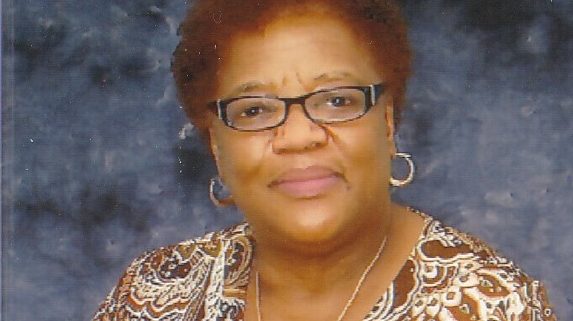It’s Time To Stop Calling Diverse Groups Of People “Minorities”
It’s Time To Stop Calling Diverse Groups Of People “Minorities”
By Yvonne Sam (Chairman of Rights and Freedoms Committee at BCRC)
Originally published in Huffington Post (February 5, 2018): https://www.huffingtonpost.ca/yvonne-sam/people-colour-minority-white_a_23416712/
White people constitute 20 per cent of the world’s population, so how could all other ethnic racial groups be lumped together and classified as minorities.
The Canadian government uses the term “visible minority” as a classification for groups of people. The government defines this term as “persons, other than aboriginal peoples, who are non-Caucasian in race or non-white in colour.”
This classification has lured controversy both nationally and abroad. In 2007, the United Nations Committee on the Elimination of Racial Discrimination openly voiced their concerns to the Canadian government regarding the use of the term. They argue that it is in violation of the goals and objectives of the International Convention on the Elimination of all forms of Racial Discrimination, which came into effect in 1969. The Committee recommended an evaluation of this classification.
Obliged to respond, the government had academics research the term’s history, nationally and internationally, held an open workshop to gather more input, and canvassed provincial and territorial governments on their use of the term in Canada.
In 2011, a Government of Canada report, put forward to the Committee, said there were no plans of changing the standard usage of the term.
Why do we allow ourselves to be called minorities? Minority means less than 50 per cent. White people constitute about 20 per cent of the world’s population; so how could all of the other ethnic racial groups be lumped together and classified as minorities? Doing so leads people of colour to fall into an amorphous blob of otherness, no longer existing as people and communities.
Some may say that the Canadian government only uses the term to refer to Canada’s population, where white people do make up a majority. The full and proper term is “member of a minority group,” but is usually shortened to “minority.” It’s very rarely expanded to “member of a minority group in Quebec or Canada,” which would be a more satisfying inclusion.
Another equally troubling and co-existing term is “non-White.” One wonders why this term is always used, while “non-Black” is never even uttered. Is it due to the fact that White is somehow seen as the standard, when, in fact, there is no standard group to which all others must be compared?
Imagine, for a brief moment, what goes through the minds of our young children. They enter school ready and eager to learn, to soak up everything and anything that is presented to them. Over time they are led to believe that they’re “a member of a disadvantaged, non-white minority group,” which will engender diminished self-worth.
I hope to see the word phased out in favour of a more people-centered approach, especially during the International Decade for People of African Descent.
For Full Version of Semaji April 2018 Click Here




